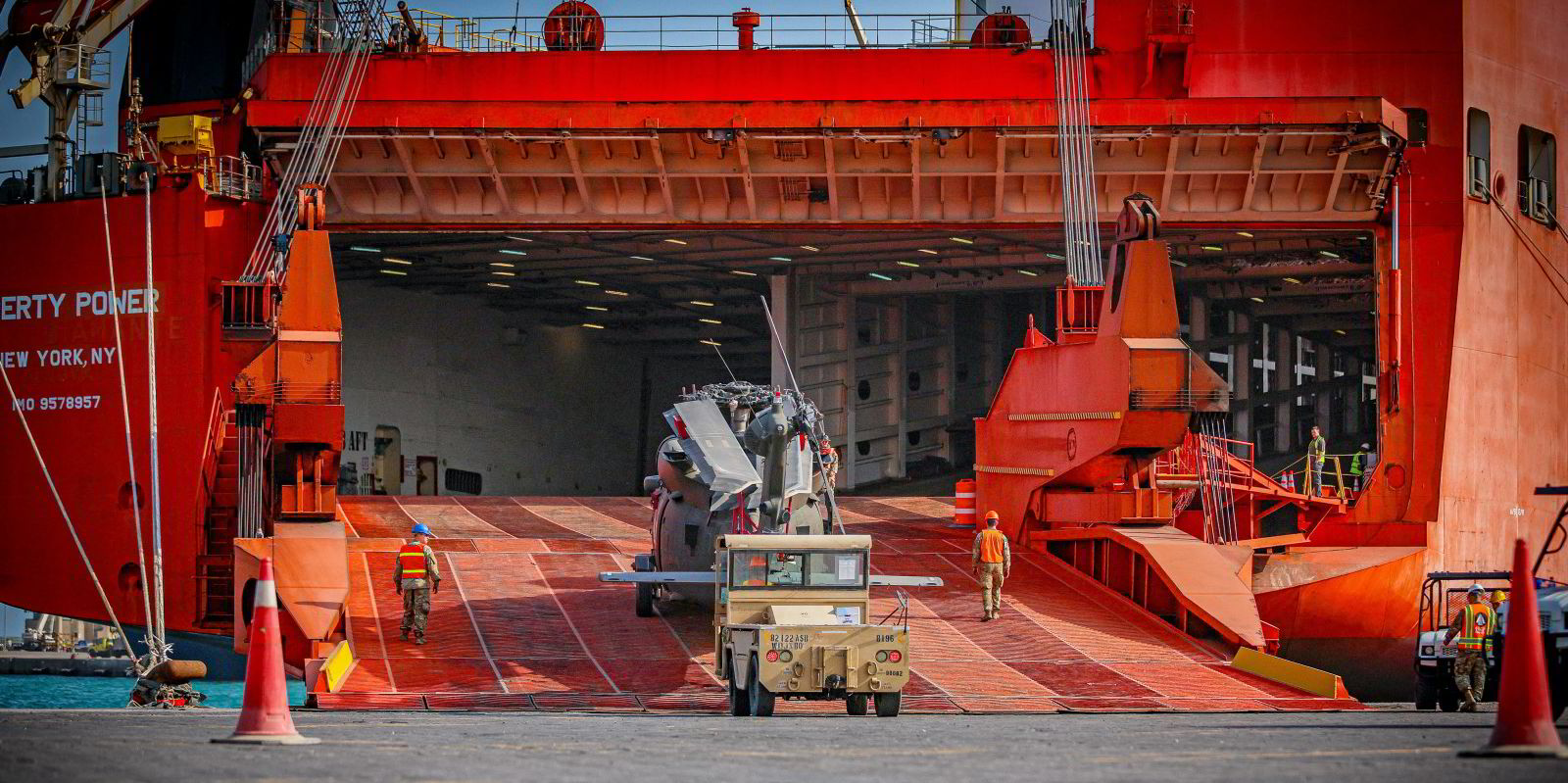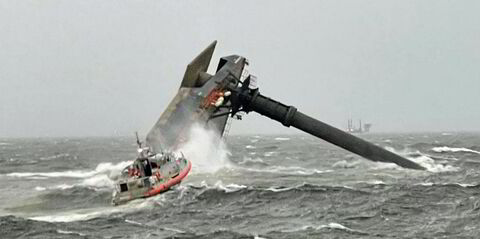The war in Ukraine is in its third year, another conflict in Gaza is at its six-month mark, and a military build-up continues in Asia amid rising tensions.
In such a fraught geopolitical moment, a long-standing question over the depleted US-flagged shipping sector is being asked more loudly: Does America have the shipping capacity to rise to the call if the country’s military is ever drawn into a conflict that requires its merchant marine in significant numbers?
Retired US Navy rear admiral Mark “Buz” Buzby, who served as federal maritime administrator until the closing days of the Trump administration in 2021, said the country’s merchant marine is probably at one of the lowest points in history.

As he discussed US-flagged shipping’s role in previous military conflicts, he pointed to the build-up of the fleet in the 1930s as American officials saw clouds on the horizon, which would eventually become World War II.
“Even then, it was a close call. Today, I’m afraid if that were to happen … we couldn’t build our way out of it. We don’t have the time or the capacity to do it anymore,” he said.
“So we find ourselves in a precarious position and hope that allies and allied shipping might be available to us.”
And Buzby, who commanded the navy’s Military Sealift Command before his time leading the Maritime Administration (MARAD), said he sees smoke on the horizon in today’s geopolitical environment.
“It really worries me, and it’s not just the steel-hull ships. It’s the American mariners available to crew,” he said. “That’s the real problem.”
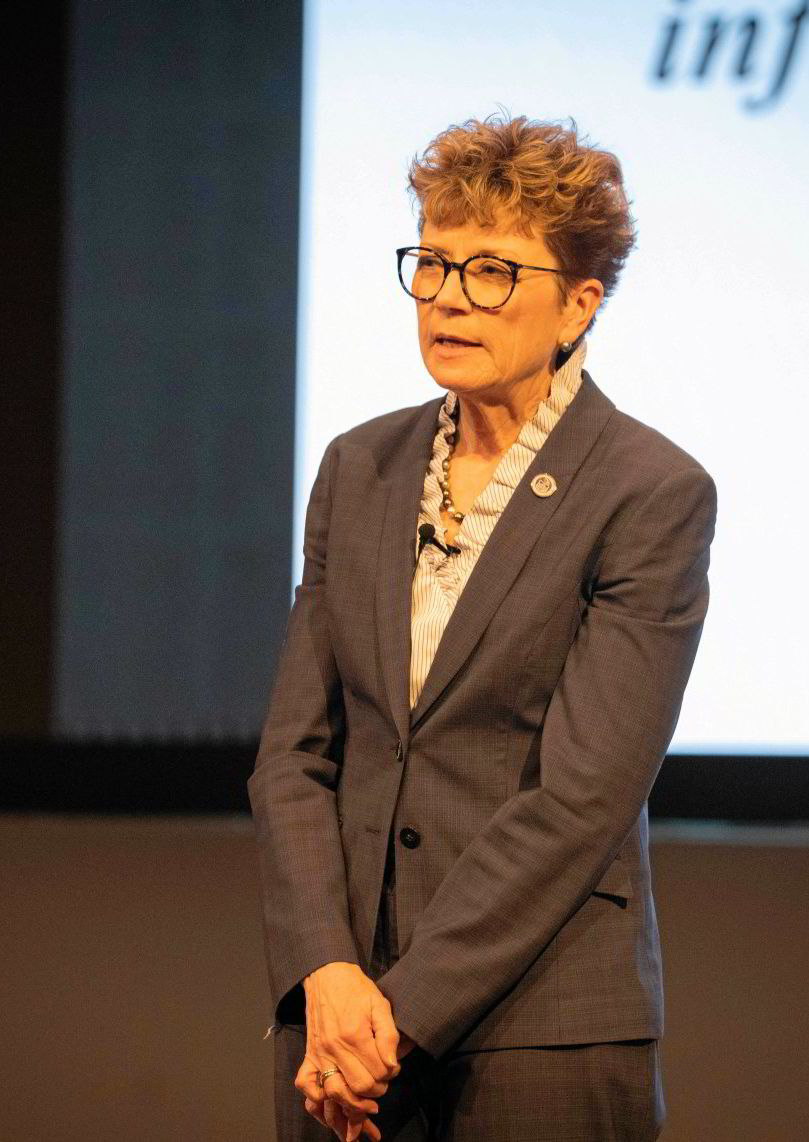
Buzby said that while a ship can be built in a few years, it takes a decade to develop a senior officer, but he said American mariners are not staying in the industry long enough.
That is because there are not enough seagoing billets, as jobs on a ship are known, to make the industry attractive, he said.
In a four-year strategic plan for MARAD, maritime administrator Ann Phillips detailed the same two shortfalls: ships and crew.
“Our nation’s maritime industry continues to face significant challenges, including a marginally sized internationally trading commercial fleet, and an ageing Ready Reserve Force that MARAD maintains for national defence and humanitarian needs,” she wrote in the March document.
“We also have a mariner shortage to adequately crew these ships during a full-scale national emergency.”
In another agency strategic plan focused on workforce readiness, she pointed to 2017 data that showed there was a shortage of 1,800 mariners in the US-flagged fleet.
The document, also published in March, does not provide an estimate for the current shortfall, but Phillips left little doubt that it has only become bigger since that estimate.
“In the years since that study’s release, the US merchant marine has — like all industries — been profoundly affected by the Covid-19 pandemic and continuing changes in technology and credentialing standards,” she said.
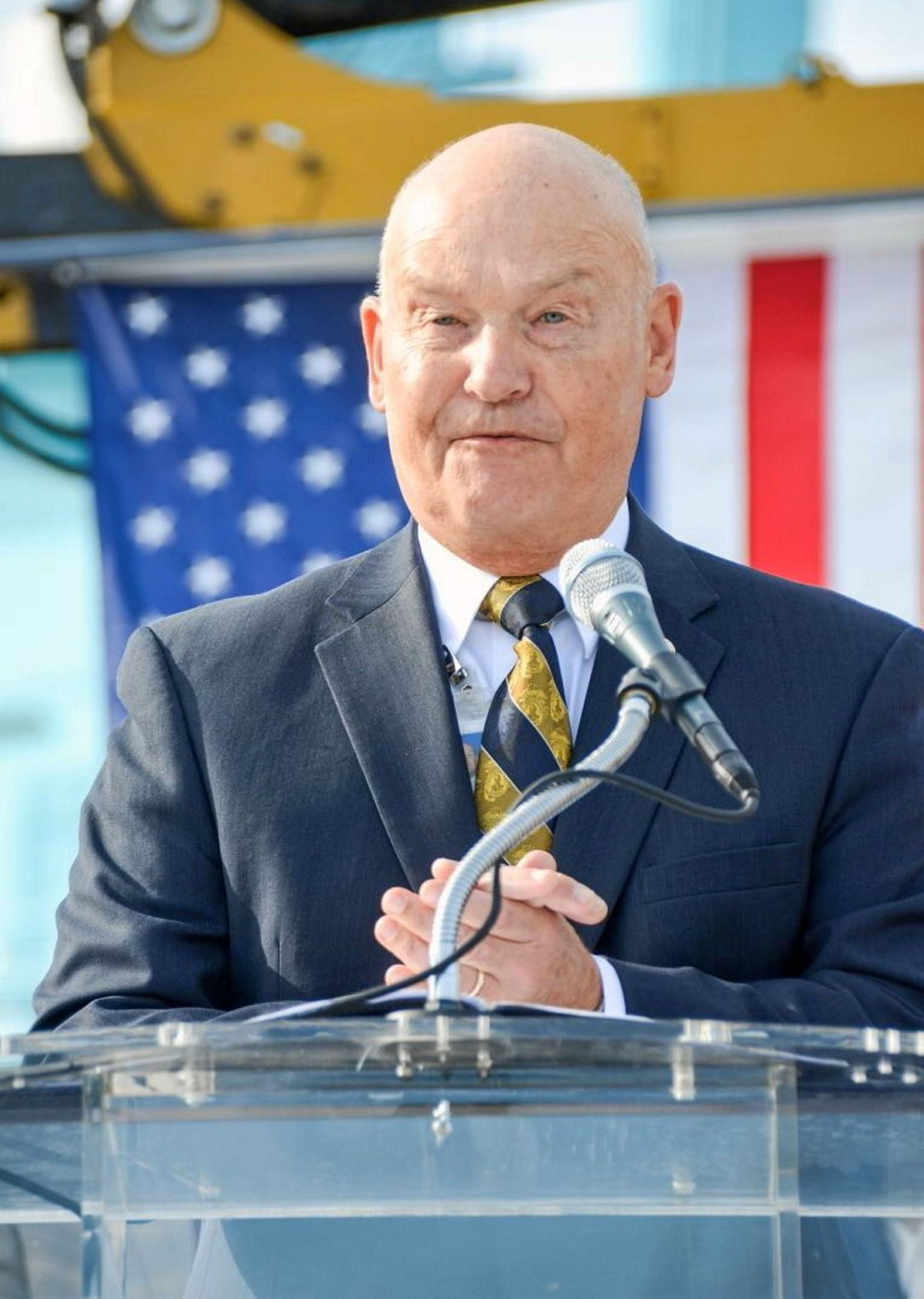
Among MARAD’s efforts to tackle the challenges facing the US merchant marine, Phillips pointed to growing the number of US-flagged ships supported by the federal government through the Cable Security Program and Tanker Security Program.
She also highlighted infrastructure investment at the US Merchant Marine Academy and the construction of five training vessels for the remaining maritime universities.
The latest data from MARAD shows that as of January there were 185 US-flagged commercial ships above 1,000 gt, a figure that factors in both vessels that operate in international markets and domestic trades protected by the Jones Act.
The figure represents an increase compared with the same time last year, as ships entered the new Tanker Security Program.
The title of a new book, Zero Point Four, by six members of policy group Maritime Accelerator for Resilience, is a reference to how small that fleet is on the world scale — 0.4% of global shipping.
Carleen Lyden Walker, one of the authors and chief executive of the accelerator, said there are “enormous vulnerabilities” that the US faces because of this tiny fleet.
“The United States suffers from sea blindness. And the public and many in Congress don’t understand the relationship and dependence on maritime transportation for 90% of our goods and energy,” she told TradeWinds.
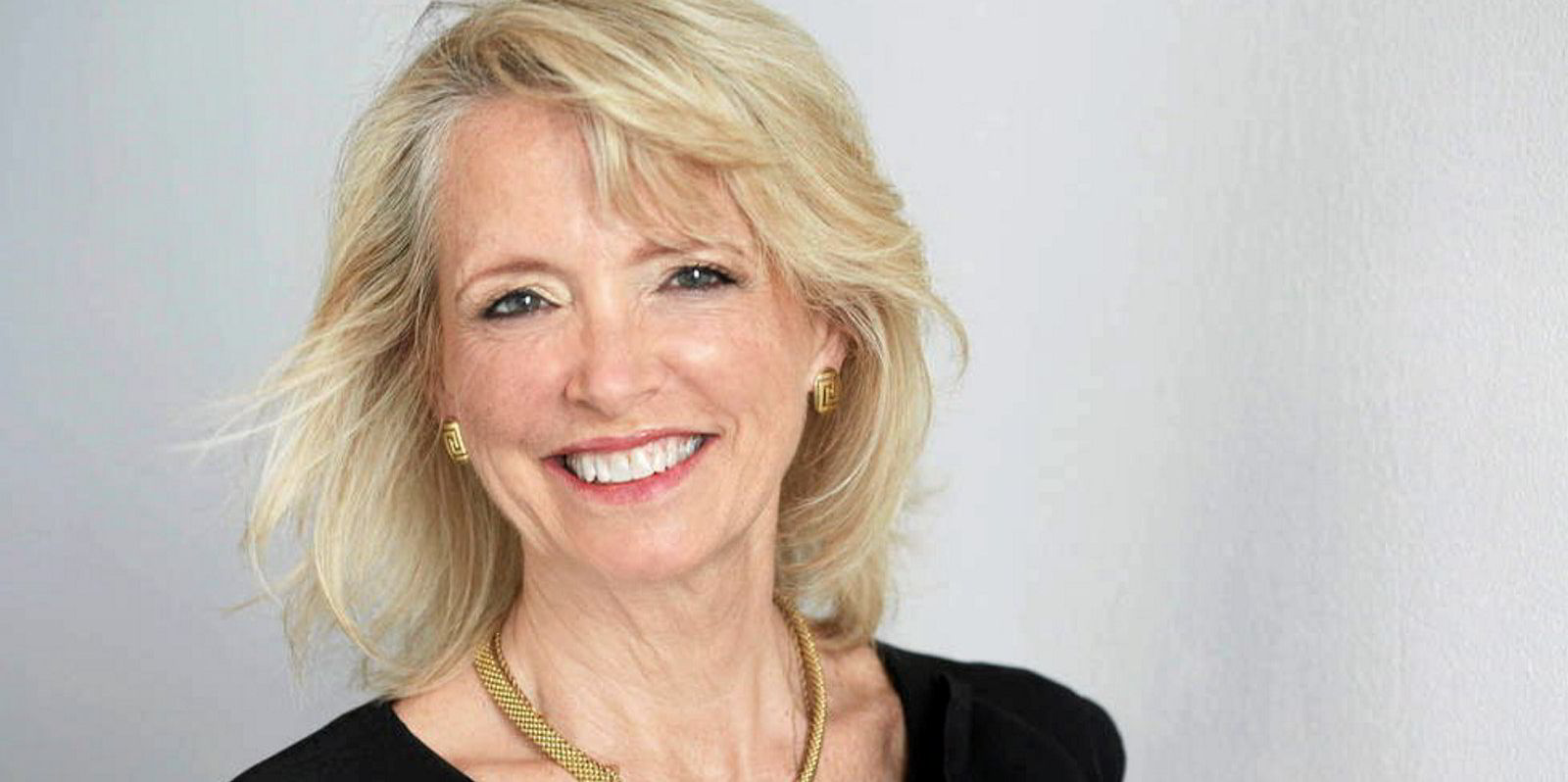
Co-author James Watson, a retired rear admiral in the US Coast Guard, said the country’s dependence on maritime trade means that those vulnerabilities are not just a national security issue but also an economic security problem.
Walker said the group estimates that the US needs about 1,120 ships to achieve that security, which would require 70,000 mariners. There are about 11,000 US seafarers, she said.
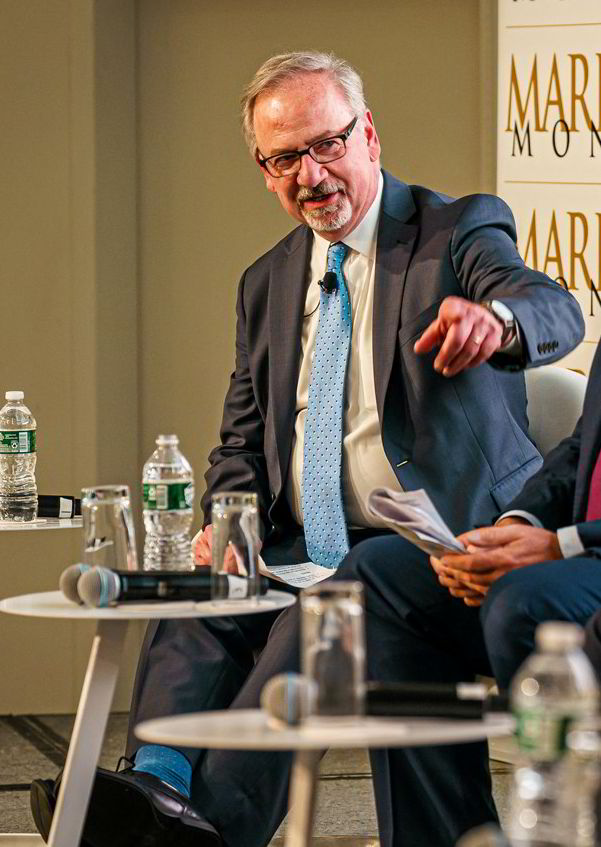
That fleet size is not unheard of.
“When I started my career in the Coast Guard, there were 1,120 US-flag ships sailing,” Watson said.
US maritime history is replete with examples of the dangers of inadequate shipping capacity under the country’s flag.
Charlie Papavizas, a maritime lawyer at Washington firm Winston & Strawn, wrote the recently published book Journey to the Jones Act, whichtraces the history of US maritime policy up to the point of the 1920 shipping law.
He pointed to three moments that demonstrated that the country was both commercially and militarily vulnerable without a US-flagged fleet trading in international waters.
The 1898 Spanish-American War, he wrote, highlighted the danger of relying on foreign tonnage because the US had to pay a high price to acquire a fleet of ships to support operations in the Caribbean and Asia.
The Boer War in southern Africa from 1899 to 1902, by contrast, showed the commercial risks of inadequate US-flagged shipping capacity. The conflict exacerbated this vulnerability by draining shipping resources from the market precisely when America heavily relied on British shipping.
Then when US president Theodore Roosevelt sent the Great White Fleet of naval ships around the world from 1907 to 1909, the US needed to charter in foreign tonnage to supply them, again showing the vulnerabilities of a small contingent of merchant vessels flying the Stars and Stripes.

“In those three situations, essentially we were lucky, and that’s what’s disconcerting,” he told TradeWinds.
It was only during World War I that the US got the message, building a large government-owned fleet of ships, many of which were delivered too late or were commercially useless, including vessels made of wood and concrete.
Asked about the geopolitical situation facing Washington today, Papavizas said it is heartening that there is more focus on the lack of US-flagged ships than in recent years.
“Studies are being undertaken, congressional efforts have been made and it takes a lot to build a consensus to do something fundamentally different than we’ve done in the past, but the consensus is building in my opinion, and that’s a good thing,” Papavizas said.
But what needs to be done?
MARAD’s strategy includes increasing the number of US-flagged vessels in international service through its three stipend programmes, which provide subsidies for ships to register in the country.
The agency also wants to find ways to recapitalise the Ready Reserve Force, a fleet of government-owned, civilian-crewed vessels that can be called up to carry out a military sealift.
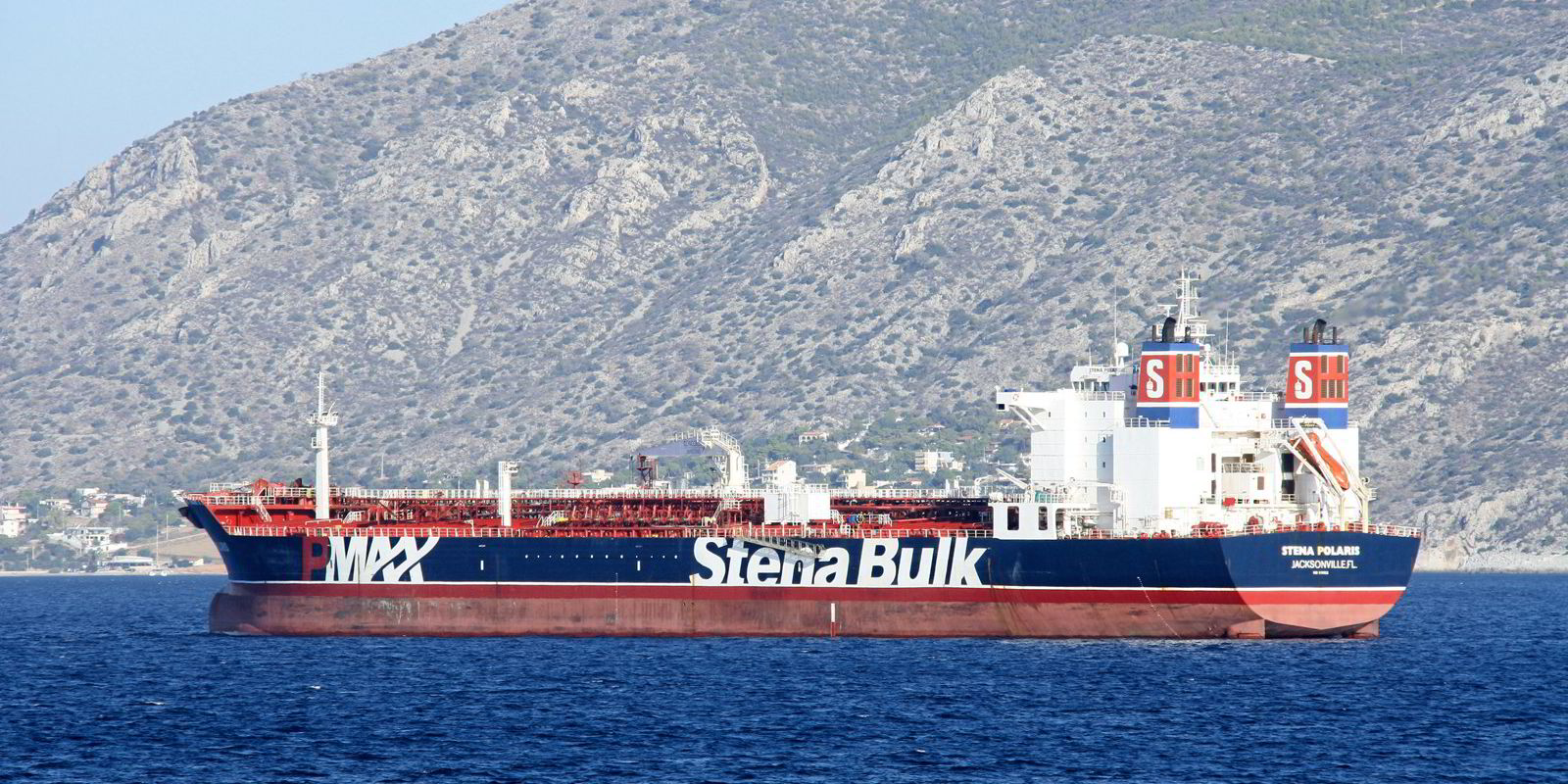
The administration also issued a 36-point strategy to address the mariner shortage, which includes efforts to strengthen workforce development programmes, support education and training institutions, and improve diversity and inclusion.
Buzby said the US must build the national will to recognise the vital role of the maritime sector in physical and economic security.
“We just have a bad habit of forgetting that every several decades, and then it costs us dearly to try and build our way out of it,” he said.
And he said the US government lacks an overarching national maritime strategy.
Buzby, an appointee of the Republican Donald Trump, said it was difficult when he was maritime administrator to secure interagency consensus to develop such a plan, describing similar roadblocks faced by predecessor Paul “Chip” Jaenichen, an appointee of Democrat Barack Obama.
Buzby said the directive to develop such a strategy has to come from the White House or the National Security Council.
In times when the merchant marine played a more central role in Washington, such as during World War II, the maritime administrator had more authority.

“And over the years, it’s been incrementally diminished, such that the maritime administrator now is really toothless,” he said.
Buzby said that the US has to create enough jobs for mariners to want to maintain their credentials and stay in the industry.
He also suggested creating a merchant marine reserve programme, which could make it easier for mariners to return to shipboard work for short periods when the demand arises.
He also pointed to a proposal that he admitted was “a little bit of heresy” — allowing mariners who are not American citizens to work on US-flagged ships and making it possible for them to achieve citizenship through service in the merchant marine.
That already works in the US military.
“In the Navy, we brought in non-citizens for years, Filipinos and others, who were given an avenue through their service, to achieve citizenship over time, by serving in non-critical roles,” he said.
Others in the US-flagged sector have privately expressed support for a pathway to citizenship for non-US mariners, though they worry about the backlash that followed Overseas Shipholding Group Sam Norton’s December interview with TradeWinds discussing a similar proposal. (“We are deeply insulted,” one union leader said.)
The Zero Point Four authors have put forward more than 50 recommendations to bolster the US-flagged fleet.
Watson noted the many ships owned by US companies, financed by American banks and covered by US insurers calling at the country’s ports under foreign flags.
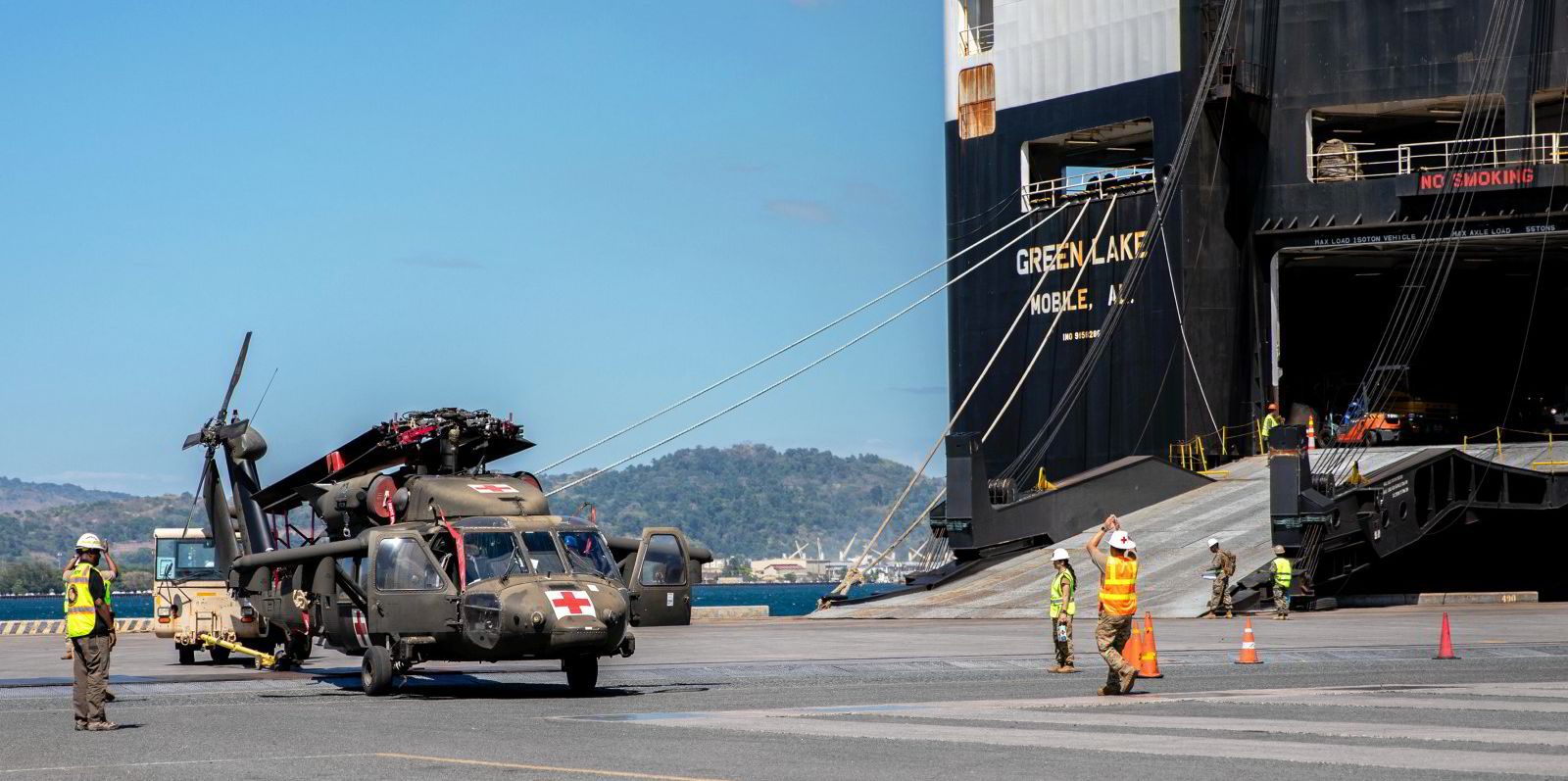
“They’re moving critical cargo in and out of our country for the American public, but they’re not crewed by US citizens, and there’s not much control that we have nationally over that fleet,” he said.
“We think there could be a programme that would incentivise reflagging.”
And he said young people will not be interested in joining the merchant marine in the face of a dwindling US-flagged fleet. That would change if they saw a national policy to grow the fleet.
Zero Point Four co-author Walker said fleet growth could be incentivised by giving shippers a tax benefit for moving their cargoes on US-flagged ships, to compensate for the higher cost of American registration and crewing.
And she noted there is growing support in Congress for bolstering the US-flagged fleet, pointing to a January letter to the White House by 19 representatives and senators calling for efforts to counterbalance China’s huge government-controlled shipping fleet.
Papavizas, the maritime lawyer, said there is a growing consensus in Washington that something significant needs to be done.
“This is a resource problem. We have to spend a significant amount of money to change the dynamic. Whether that means expanding existing programmes, developing new programmes [or] providing tax incentives, whatever it is, it’s an expenditure of resources,” he said.
“With an expenditure of resources, we, the United States, can produce greater and very effective capability … Of course, our country doesn’t always spend the resources until it’s an emergency.”
